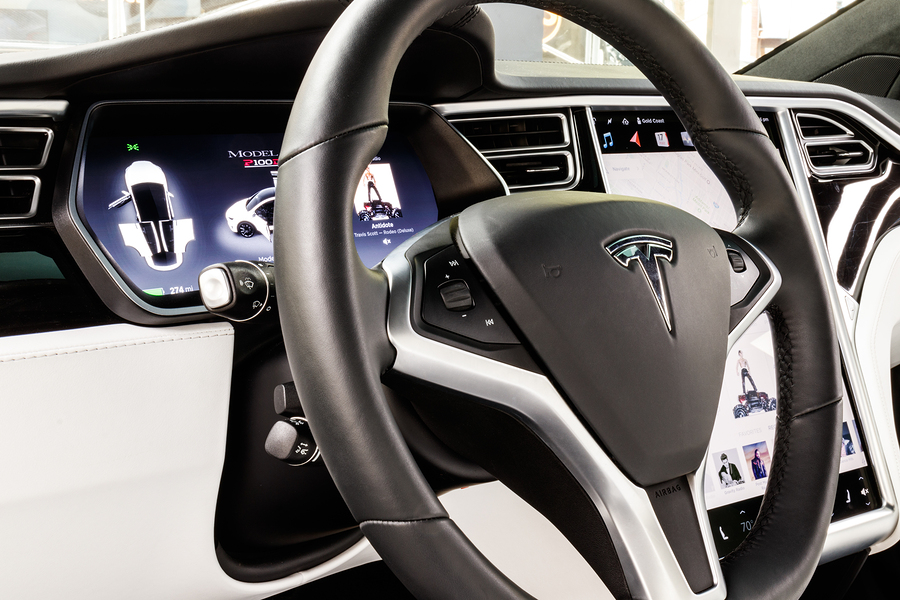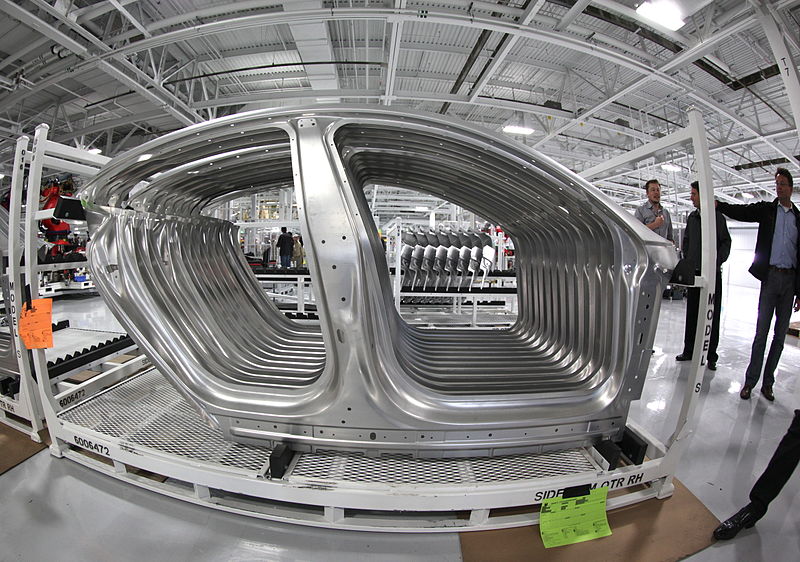If you’ve been following the stock market for the past quarter or longer, you’re likely aware of the continued spotlight on Tesla (NASDAQ: TSLA). The automaker has some investors doubling down on shares and even more doubling down on short positions.
Among the many story arcs of this much-talked-about company is the weekly production goal Tesla CEO, Elon Musk, set for his own company: 5,000 Model 3 electric vehicles per week. The company finally reached the goal — which Musk originally set back in 2017 and investors constantly noted as a shortcoming — at the end of June 2018. Tesla stocks skyrocketed … then bottomed out hard. The reason? A closer look at Tesla’s manufacturing means led many investors to be skeptical about the “achievement.”
Cars in tents and a manufacturing logjam
Tesla may have very well turned out 5,000 Model 3 cars in a week, but manufacturers did so at apparent extremes. Putting the factory at 100% capacity on 24-hour production shifts, the automaker still wasn’t able to meet its goals, so Musk went so far as erecting a gigantic tent to expand production lines.
While this might seem like innovative thinking at its finest, manufacturing professionals and analysts had a different take on the tent. They saw it as a liability. Set up and pushed to max capacity in just under three weeks, Musk made Tesla’s tent production lines real at the expense of quality control.
How do we know? The results are starting to show.
Defects, defects
Internal documents show Tesla’s reduction of quality control standards in the face of meeting production goals. To add further fuel to the fire, statistics show that “of the 5,000 Tesla Model 3s that rolled off the line, over 4,300 of them need to be reworked.” This rate of error is much higher than normal in nearly any factory setting. To put it in true perspective, other top automakers generally report about an 80% first pass yield — roughly the inverse of Tesla’s figures.
The silver lining in Tesla’s brash disregard for quality control is that the average repair time for vehicles requiring defect attention was just 37 minutes. But even this seemingly menial figure shows the importance of good quality control. At 37 minutes average per repair for 4,300 vehicles, that’s still well over 2,600 hours in repair time!

Lessons learned
Manufacturers in any industry can look to Tesla’s manufacturing issues and learn several key lessons about their own operations.
First and foremost, sacrificing quality for the sake of meeting self-imposed, arbitrary production goals is never a good idea. Not only does it strain operations to a breaking point but any milestones you meet are also likely to come with setbacks in the form of sub-par products.
It’s also important to consider the ramifications of poor quality for your brand and consumers. For Tesla, the backlash came in the form of a hefty stock plunge. For other manufacturers, it may result in a costly recall, litigation from class action lawsuits, or even consumer backlash that affects sales.
Tesla’s manufacturing behavior is more than just a cautionary tale for investors: It’s a lesson all manufacturers should take to heart. When you do things the right way, you’ll avoid the scrutiny and setbacks that can come with compromised quality control.
